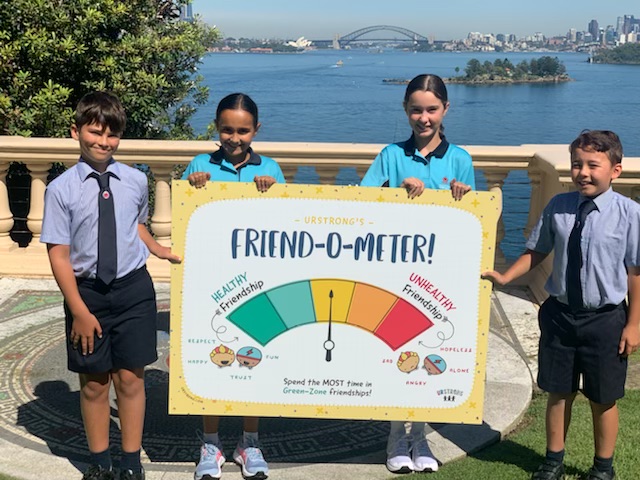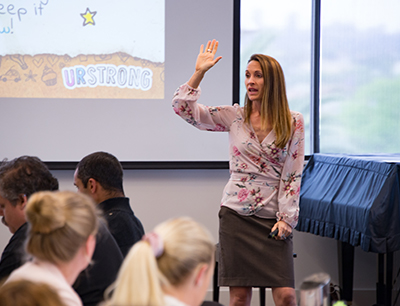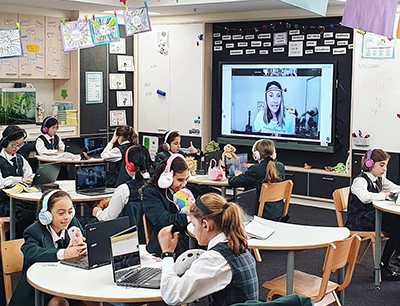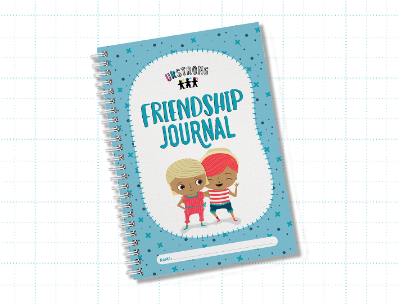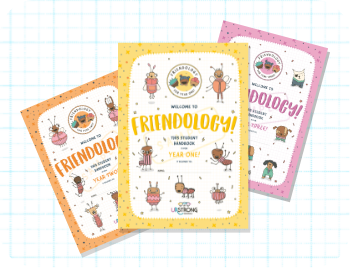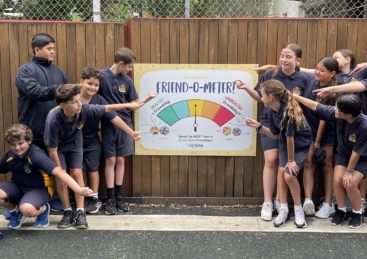“Resilience” has become a common word heard around schools and seems to be a big focus for both educators and parents. While we understand the importance of helping our children build emotional strength in the face of adversity, it is sometimes less obvious how to teach those critical skills.
We want kids to recognize the life lessons in tough situations and have the ability to ‘get back up on the horse’ and try again. However, in a world of Helicopter Parenting and click-of-a-button convenience, it is even more important to explicitly teach social-emotional skills to harness grit and resilience.
Here are a few strategies to help children strengthen their resilience:
- Use Friendship Fires® as a teachable moment. Friendships mean the world to kids, but as Friendship Fact #1 states: No Friendship or Relationship is perfect. Use the lens of friendship to teach skills to build resilience. Our step-by-step approach for putting out Friendship Fires® helps children climb out of emotional holes and take control of social dynamics. Conflict-resolution, the central theme of our program, is fundamental in building resilience.
- Use child-friendly language. Words like “resiliency” and “anxiety” are adult words that sound really scary to children. Replace the word “anxiety” with butterflies, which we find extremely effective in our Friendology curriculum. Butterflies are not to be feared and can be set free.
- If you want a child to be resilient, articulate the behaviors you would like to see. For example, if you have a student or child who gives up easily you could say, “I notice you’re having a hard time with the test and seem to be getting frustrated. Why don’t you try tackling the easiest problems first?” Give them specific suggestions for ways to persevere.
- Avoid saying to a child, “Be resilient!” This statement is in the same family as, “Suck it up,” “Be a man,” “Just ignore it,” and “Grow up!” It offers no practical strategies for children and, as mentioned above, most kids do not even know what it means. Articulate what specifically a child could do that would ultimately demonstrate resilience.
- Help children put their struggles in perspective. Sometimes children make mountains out of molehills. While adults have life experience and a greater understanding of The Grand Scheme of Things, children are not quite there yet. Talk to them about what is important and help them understand where this particular struggle is on the hierarchy of ‘what matters most.’ (Keep in mind, however, that their broken iPad might be at the top of the list and it may take some convincing to help them understand it is NOT the end of the world!)
- Be honest with children. Sometimes kids’ greatest stressors come from the unknown. Fill in the blanks for them and, if necessary, come up with a plan together. If they are worried about trying something, get them to put a name to their butterflies and come up with a strategy to tame the ones they can control. Help them release the ones they can’t control because it’s wasted energy.
- Have a plan. Give children all sorts of tips and strategies for calming themselves down in emotionally-charged situations. Go for a walk, drink water, put your hands in your pockets, doodle, chew gum, listen to music, journal, talk to a friend. Sit down with them and make a Calm Down Kit together. Resilience is about feeling in control. When we have a plan, even when we are in the dumps, we are more likely to rise above it.
- Empathize. Sometimes a child just needs some extra support and that hand-up can come in the form of words of empathy. While you should definitely cheer them on, remind them that they can do it. Be their #1 fan! Watch this amazing video on empathy by Brene Brown and get in the hole with them.

Written by Dana Kerford
Friendship Expert and Founder, URSTRONG

